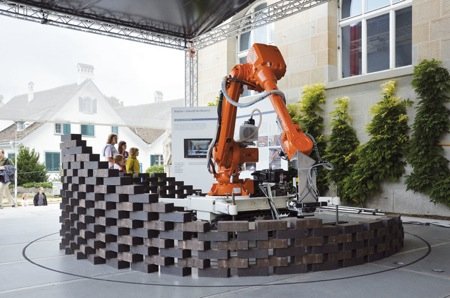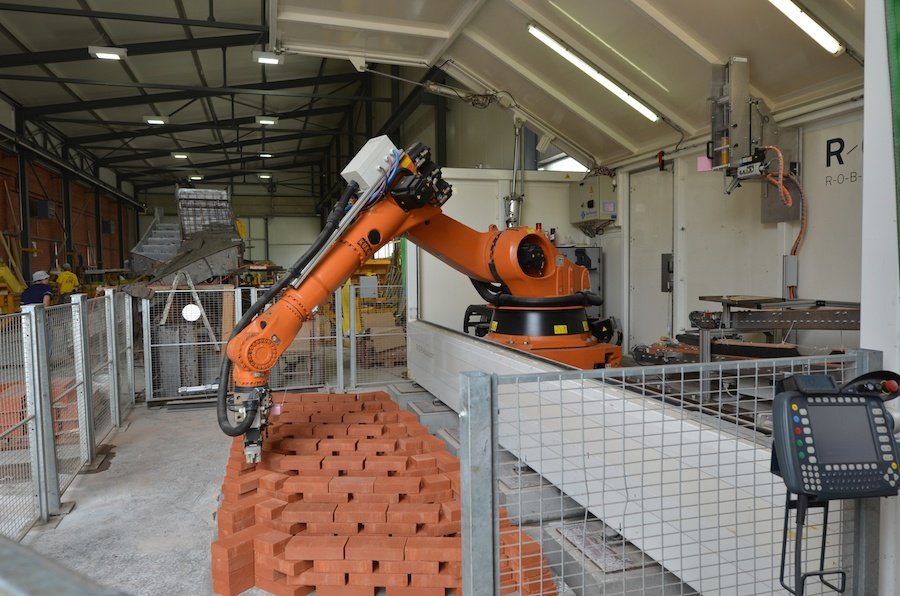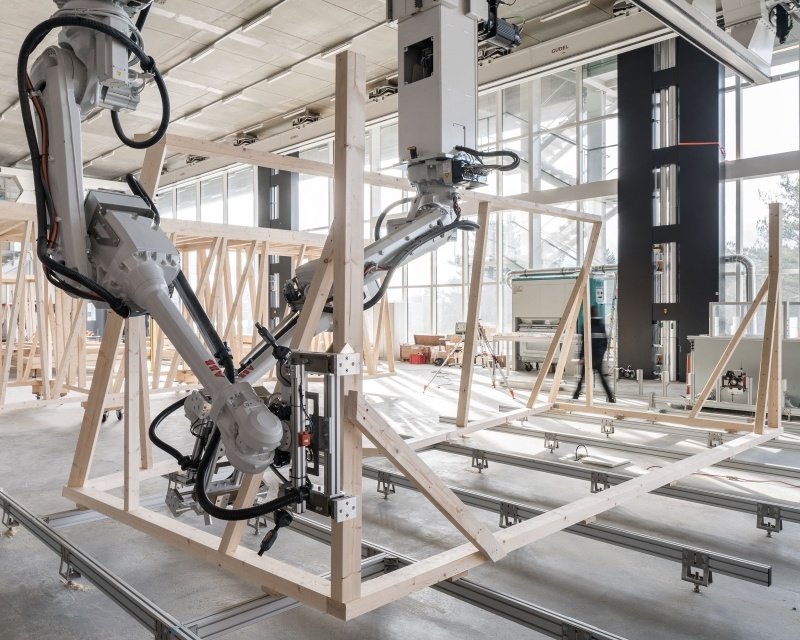The advent of Robotics and automotive technology has led to a lot of thinking that has been done in each and every genre. Automation and robotics can be implemented in nearly all the fields today with an intention to increase the precision in everyday processes. While the implementation of robotic technology will lead to an easy and glitch-free process, it will also increase the human dependency on the machines. But every coin has two sides, and in the near future, we will have to embrace these revolutionary changes in everyday life. But it is easier said than done. To have a brief understanding of this premise, we need to take a deep look into how robotic technology is going to carve its niche in the Construction and Architecture industry.

Source:https://spectrum.ieee.org/
Robotics in terms of Architecture
Did you imagine large metallic humanoids working on construction sites at an unimaginable speed? Or did you imagine robots working 24 x 7 in Architectural firms, churning out drawings one after the other like there is no tomorrow! Plugged on to workspaces permanently doing endless jobs at no cost! Well jokes apart, that might be how today’s exploitative work culture in the Architectural industry expects architects to be – to work 24×7 like robots in return of no expectation. But it is surely not what ‘Robotics’ mean in Architecture.
Robotics is a very broad term. In Architecture, robotics is already being used to some extent. The most common example could be the use of 3D modelling tools and BIM – Building Information Modelling. These are also robotics to a certain way. Any use of the machine, that helps to automate, create and prototype the design process and construction is a Robotic technology. It is used in the manufacturing of modern-day materials, sustainable alternatives, faster installion of parts etc. Moreover it is also used to, simulate and create certain design panels or joineries that might be tedious to do manually. On an overall, robotic technology in architecture and construction is used to perform tasks with more precision, at faster rate with consistency in shape, size and function.
How Robotics can aid in design and construction?

Using robotics in Design and construction would be much more economical in the future. Construction techniques would change to become well fabricated, safe and precise. The allied processes like demolition, laying of foundations, soil testing, evaluation of the site etc. can become less error-prone and less time-consuming. Buildings would be built in no time thus expediting the development as a whole. Visualization would become more realistic thereby eliminating any last moment onsite changes thus reducing a lot of time that is today spent on revising the designs.
Now, how exactly can Robotics help achieve efficiency in Architecture?
Physical models plays an important role in the design and ideation process. It helps the architects and other stakeholders to understand the scale of the projects and encounter how certain design decisions would translate on site. But Physical Modelling is often avoided due to the amount of effort and time it takes to create precise models. Hence, this is where Robotics can act as a saviour and help in create errorless realistic architectural schemes. 3D printing is an example of this kind.
One of the most important challenges faced in Architecture and Construction industry today is the delay caused in projects due to unavailability of certain pre-fabricated parts either needed to be customized or needed on last moment due to real-time errors on site. Robotic technology can solve this all together by solving real-time construction errors. This can save the efforts spent on less precise options like calculating and predicting the changes through manul methods.
Caution!
Though Robotics is the near future and we all need to be updated with this technology, architecture and construction industry must use this ‘magic wand’ with caution. It is an irony that ‘humans’ are the most critical aspect in the Architectural industry and yet the least cared aspect today. Architectural practice has grown so exploitative in the present day that employees are hardly cared for. With the advent of the new age machines, there will be an addition to this mindset of exploiting employees.
The new-age technology is going to replace humans; thus, we as employees must make sure we do not lose our credibility to the machines. We must upgrade ourselves and be in a position that we are the pioneers of the technology. As employers, we must start valuing the workforce more, stop expecting unrealistic and robotic outcomes from employees and understand that no machine is wiser than humans. Thus, Architecture and Robotics can go hand in hand and make wonders work, provided the human credibility is maintained.

